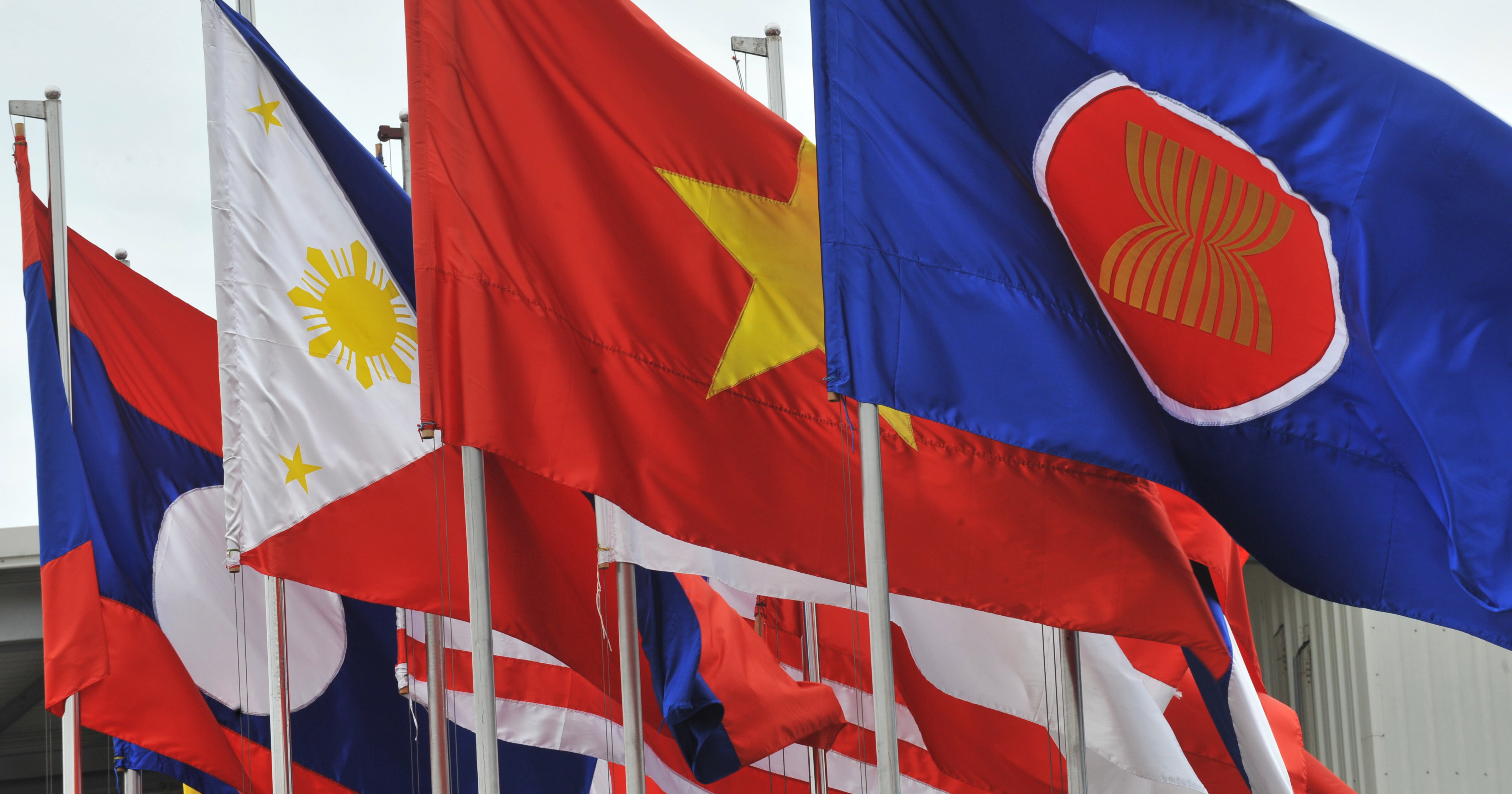ASEAN (The Association of Southeast Asian Nations), turns 50 today, has come a long way not only in promoting economic growth and ties but also regional peace and stability.
Its formation created to collectively communicate in issues related to economic, social, cultural, technical and educational as well as to promote regional peace and stability.
ASEAN has grown matured as a community amid various challenges like contagious effects from uncertainties in the global economy, the Asian financial crisis 1997/98 in, the recent build-up of the South China Sea territorial dispute due to Chinese militarisation and expansionism, North Korea’s continuous nuclear threat and amongst others currency volatility and migration issues.
Established on August 8, 1967 in Bangkok, Thailand, with the signing of the ASEAN Declaration (Bangkok Declaration) by the founding fathers of ASEAN namely Indonesia, Malaysia, the Philippines, Singapore and Thailand.
Brunei soon joined ASEAN on January 7, 1984, followed by Vietnam on July 28, 1995, Lao and Myanmar on July 23, 1997 and finally with Cambodia on April 30, 1999.
There were many efforts taken by the association to maintain peace and stability and continued cooperation in achieving better economic growth and reduction of poverty levels among member states.
ASEAN has always functioned as a family in the last 50 years in tackling issues like combating terrorism, natural disaster mishaps, anti-communism and domestic political issues.
To further strengthen economic development in the region, ASEAN introduced the ASEAN Free Trade Area (AFTA) in 1993 to increase its competitive advantage as a production house that is geared towards serving the international market.
ASEAN member countries have made significant progress in the lowering of intra-regional tariffs through common effective preferential tariff (CEPT) for AFTA. More than 99% of the products in the CEPT inclusion list of ASEAN-6 comprising Brunei, Indonesia, Malaysia, the Philippines, Singapore and Thailand.
In 2015, ASEAN implemented the ASEAN Economic Community (AEC) framework to transform it into a single market and production base in realising and unlocking its economic potential.

According to IHS Markit, ASEAN GDP is expected to grow to US$5.5 trillion by 2025 from US$2.7 trillion in 2017, with ASEAN becoming the third growth engine for Asia-Pacific region after China and India.
The association has been active in promoting innovation among small and medium enterprises (SMEs) within the 10-member countries in an effort to create equal prosperity.
Under the AEC Blueprint, there are several major deliverables targeted for SME such as the establishments of a common curriculum for entrepreneurship in ASEAN, a SME service center portal, an SME financial facility and a regional programme of internship scheme for staff exchanges and visits for skills training.
Bank Negara Malaysia deputy governor Abdul Rasheed Ghaffour said ASEAN proudly welcomes its golden jubilee and this momentous occasion not only celebrate its achievement thus far, but also marks the gravity of the work ahead collectively for the region.
“We will continue to galvanise all sectors of society – public, private and civil – to ensure ASEAN’s achievements are not just reflected on paper, but more importantly, can be seen, felt and heard,” said Abdul Rasheed.
ASEAN stands out as a dynamic region – with diverse strengths that continues to benefit its growing population of 625 million people.
In 2015, ASEAN contributed more than 7% of world exports and the strong trade performance has contributed to increased employment by about 70 million over the past 17 years – enabling better livelihoods of households.
According to Abdul Rasheed, millions have been lifted out of poverty with the significant rise of ASEAN’s gross domestic product (GDP) per capita, from US$1,054 in 1996 to US$4,000 in 2016.
“Our economy is the seventh largest in the world and the region’s growth continues to surpass that of advanced economies. Such progress has enabled and nurtured our own regional champions, many of which have moved ahead to do even more for the ASEAN people,” he added.
Indeed, ensuring that the gains from ASEAN’s development are equitably shared by all is no small feat. It requires more than just government action. It entails close, continuous and committed partnership with the private sector.
